Powder Fillers
Powder fillers are finely ground materials that are added to composite matrices to enhance various physical, mechanical, and aesthetic properties. They can be made from a range of substances, including minerals, metals, and synthetic compounds, each selected for its specific contribution to the final product. They play a crucial role in the manufacturing process, offering improvements in strength, durability, thermal stability, and even the workability of composite materials. Their incorporation into composites allows manufacturers to tailor the properties of their products to meet specific requirements, making powder fillers an invaluable asset in the design and production of high-performance materials. The versatility and effectiveness of powder fillers make them a staple in industries ranging from automotive to construction, where the customization of material properties is essential for success.
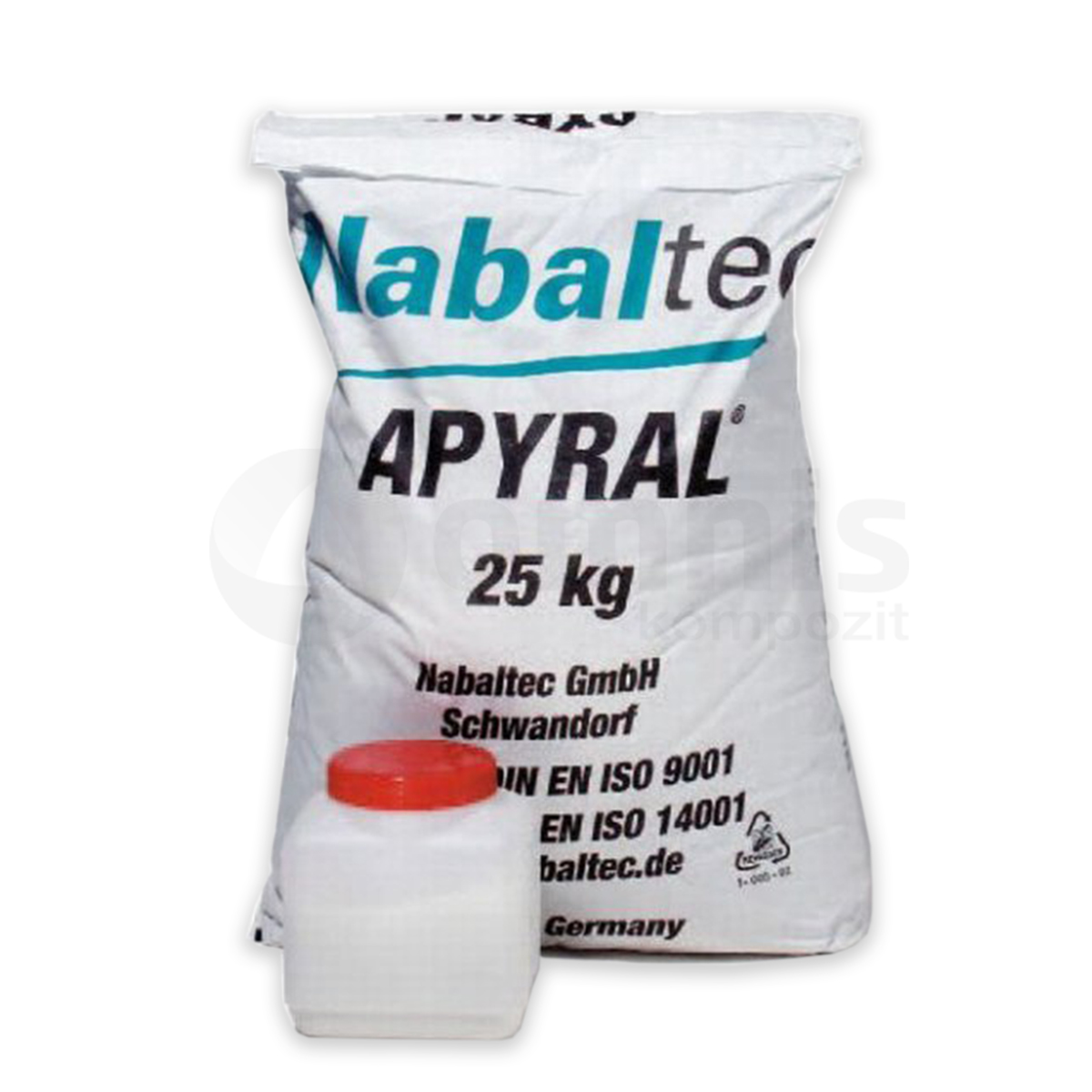
ATH Flame Retardant Filler-Apyral 16
View Product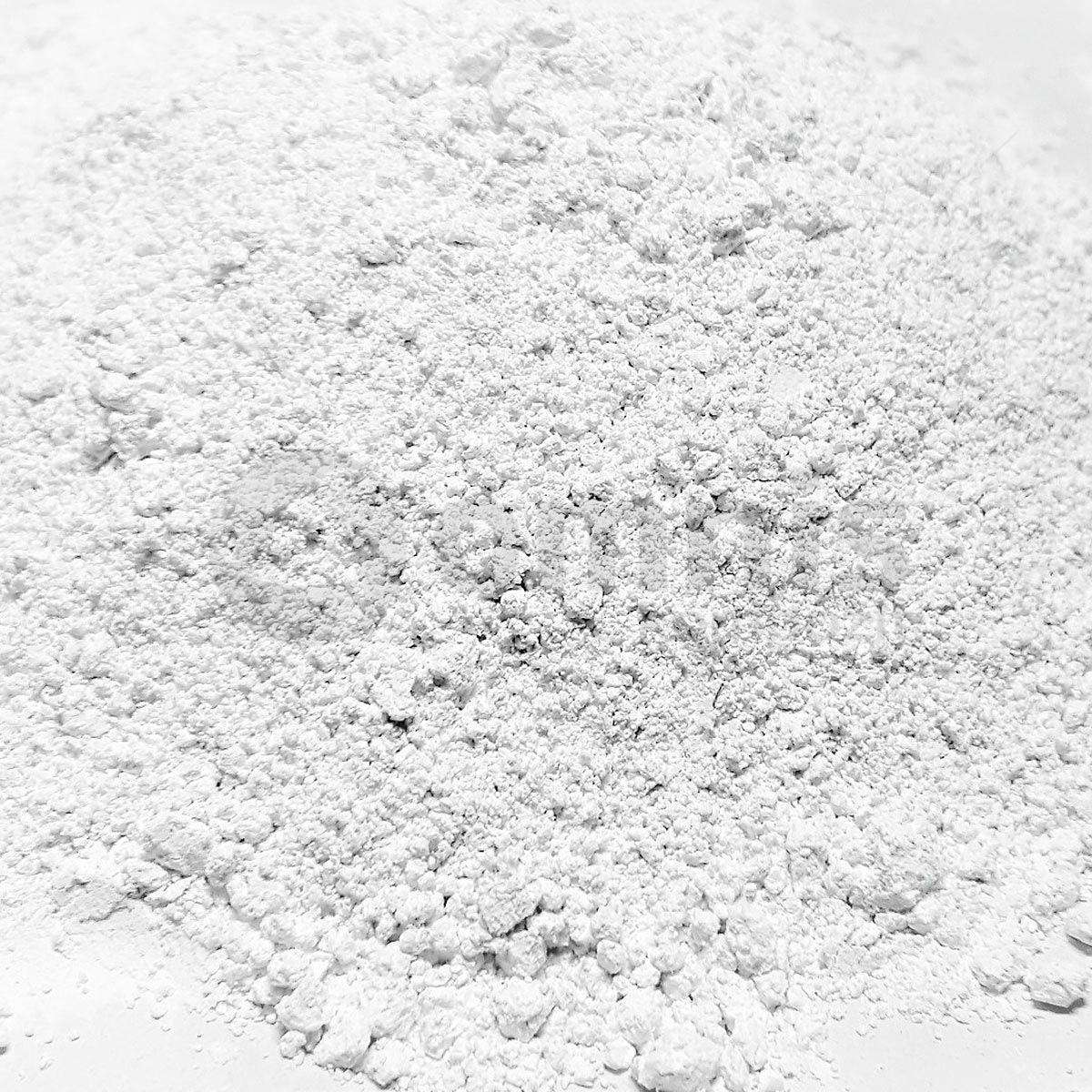
Talk
View Product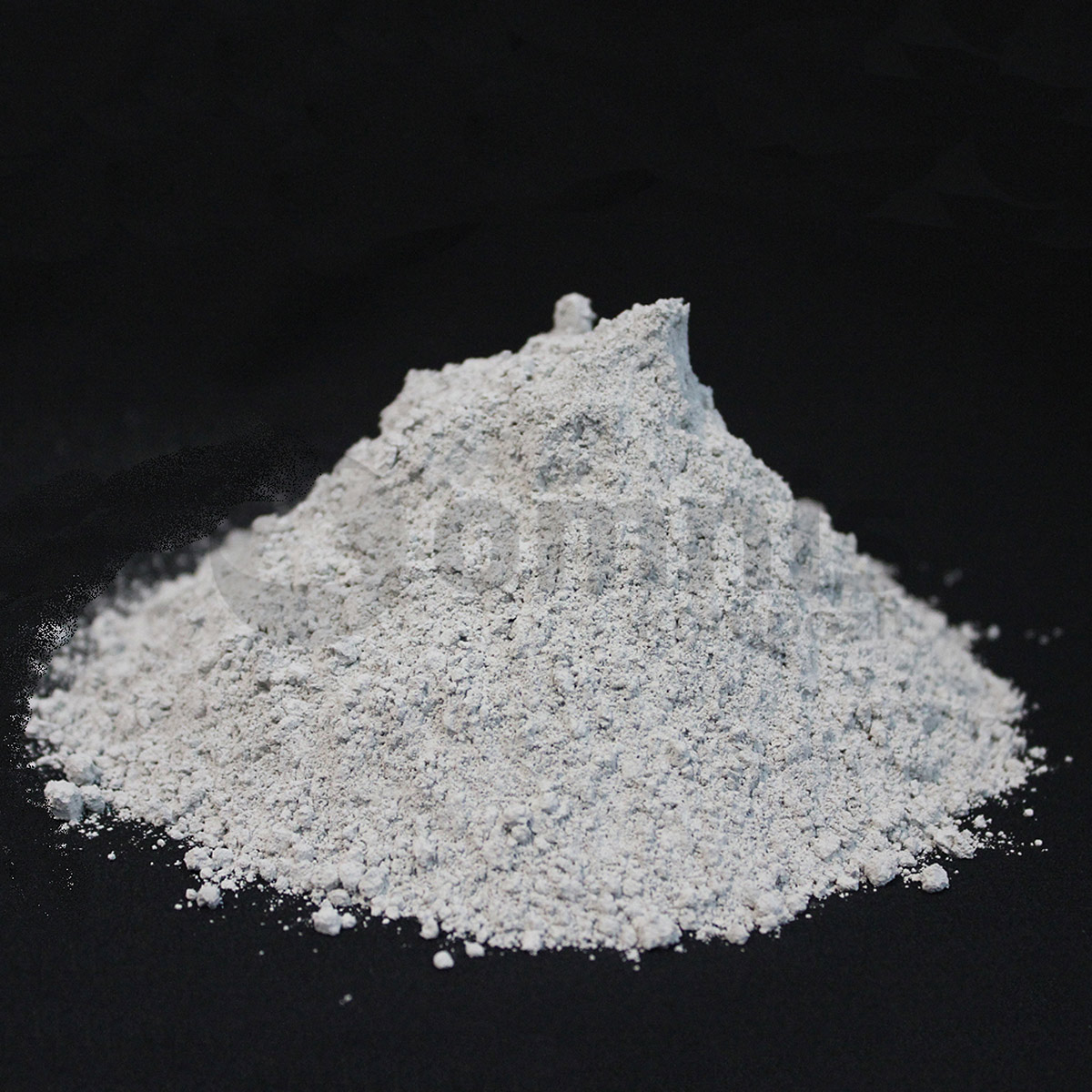
Calcite
View Product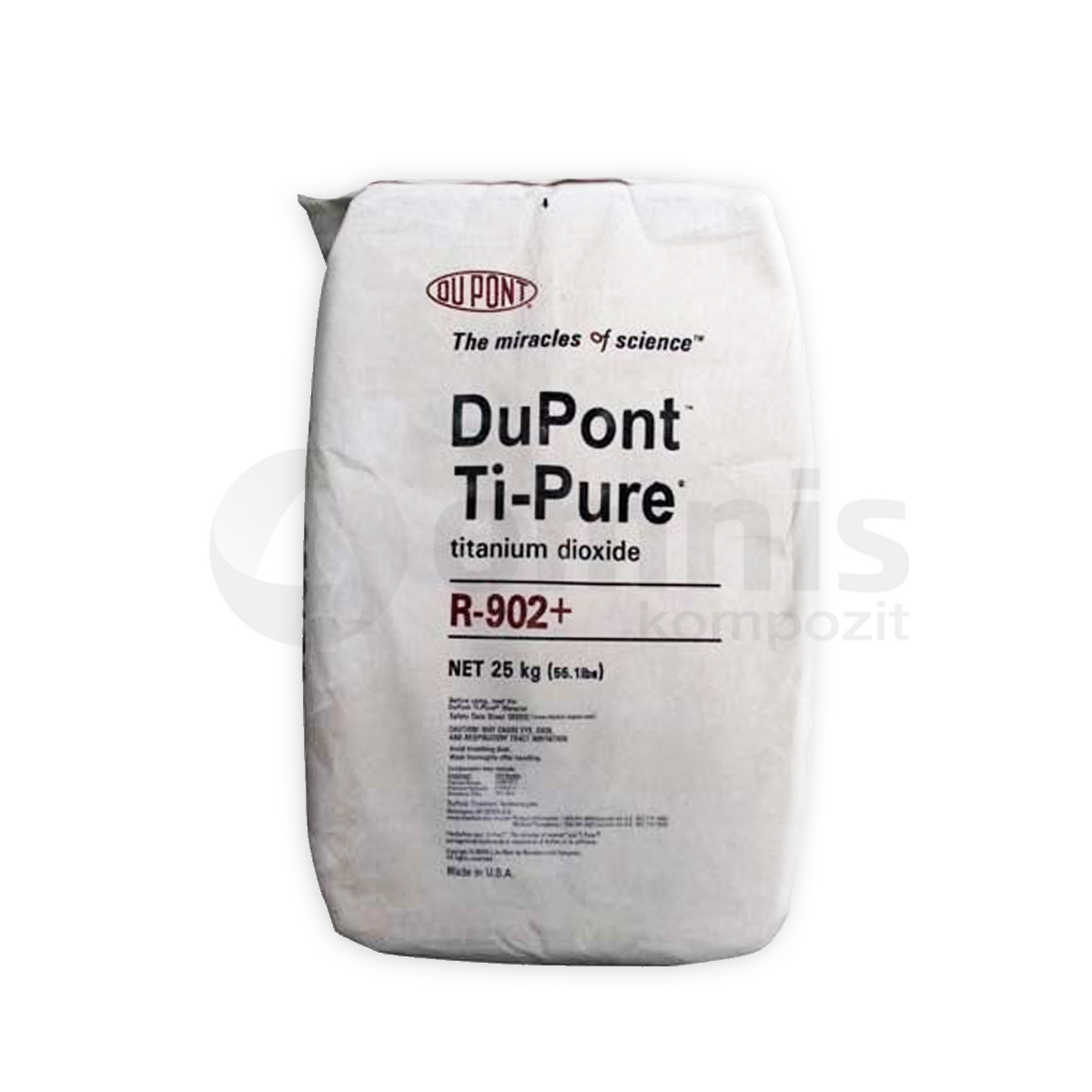
Titan Dioxide R-902
View Product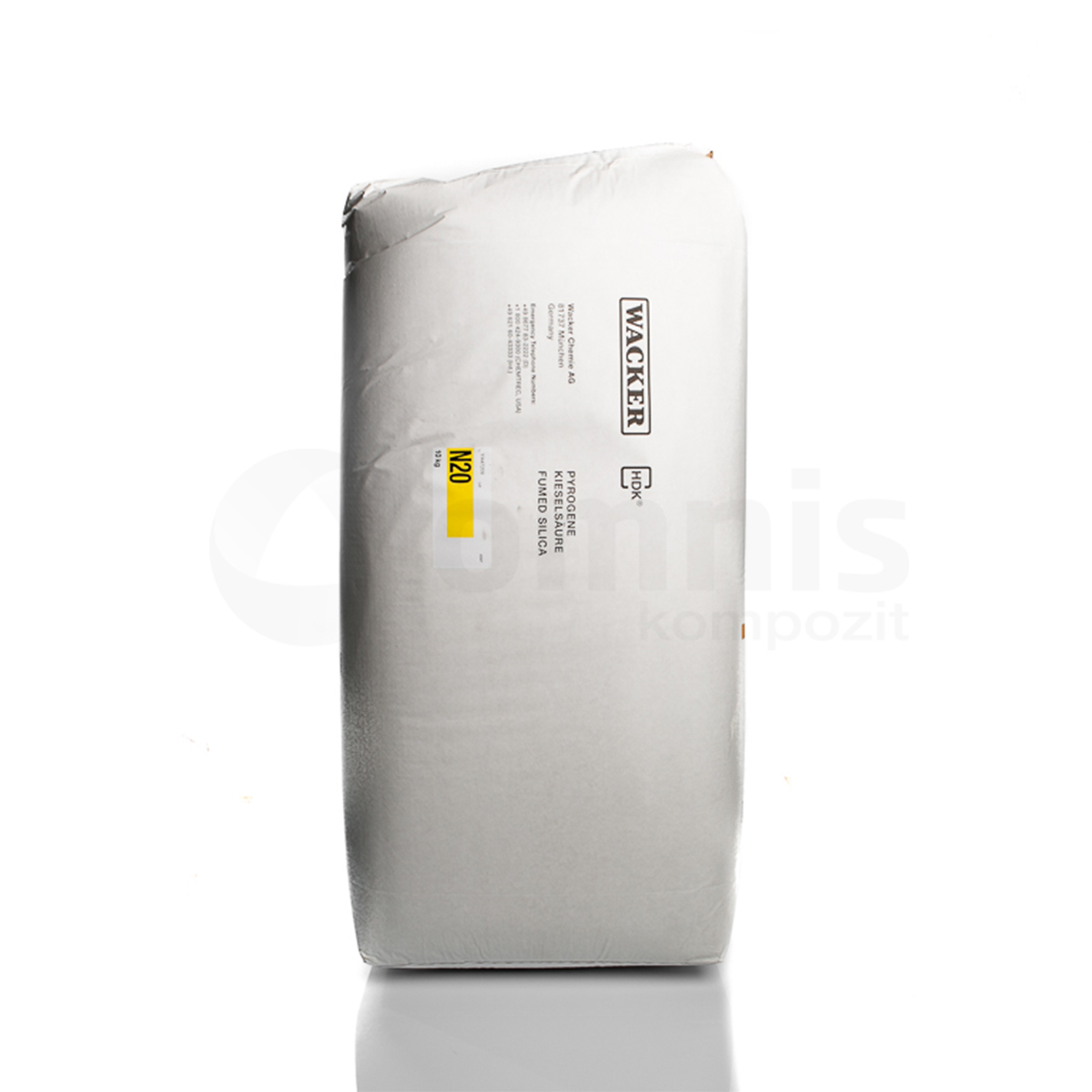
Fume Silica Thickener
View Product
AL 100 Aluminum Powder
View Product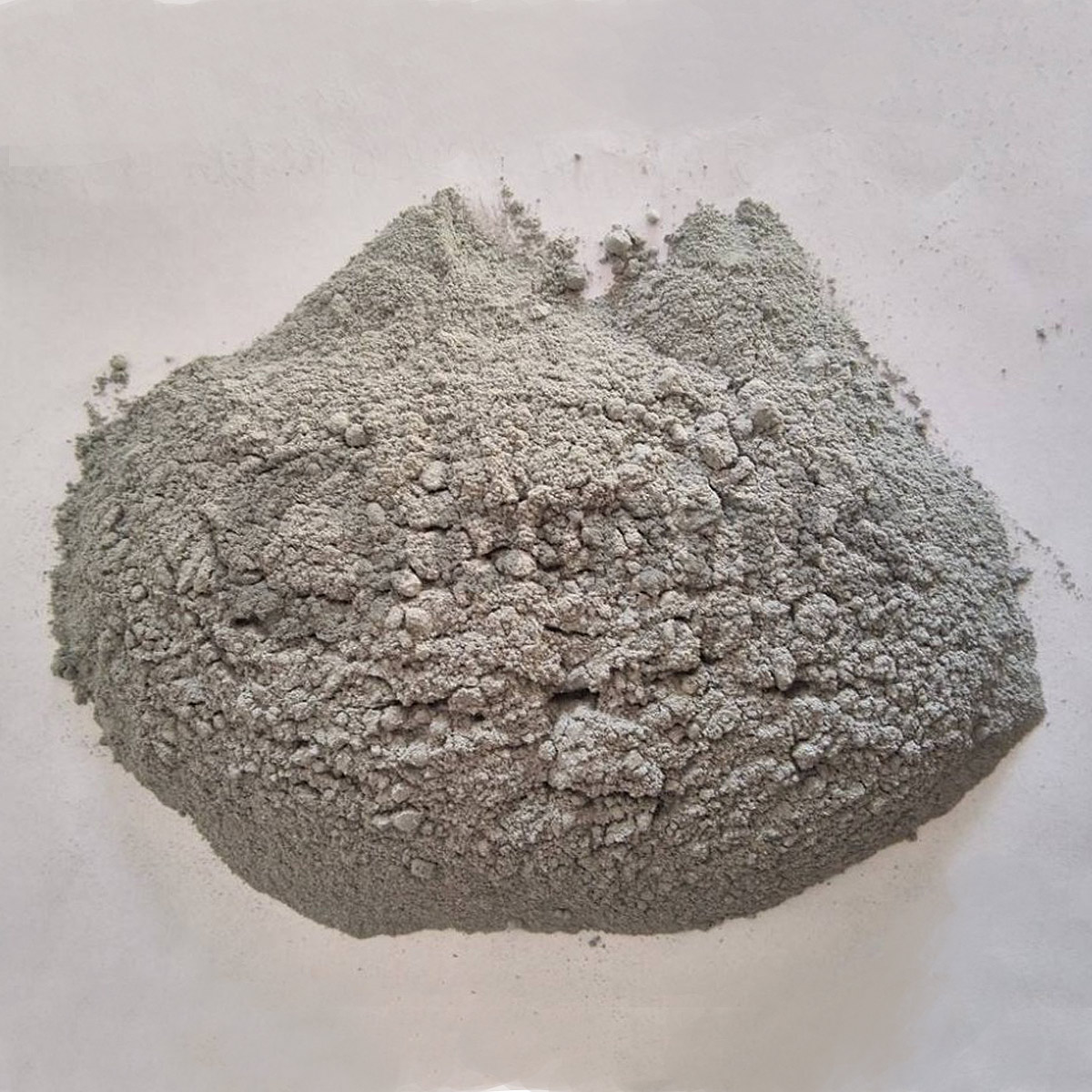
Micro Silica-Silica Ash-Fume
View ProductHow are Powder Fillers Used in Composite Materials?
They are integrated into composite materials to achieve a variety of enhancements in performance and functionality. By blending these fillers with resin systems, manufacturers can adjust the density, strength, thermal resistance, and even the electrical conductivity of the composite. The use of powder fillers in composites also contributes to cost efficiency by reducing the amount of more expensive resin required without compromising quality. This method is widely employed in industries such as automotive, aerospace, and construction, where material properties like weight, strength, and resistance to environmental factors are critical. The incorporation of powder fillers into composites is a strategic approach to achieving optimal material performance tailored to specific application needs.
What Types of Powder Fillers are Available?
The market offers a wide range of powder fillers, each with unique properties suited to different applications. Common types include silica, calcium carbonate, talc, and fiberglass, which are chosen based on the desired outcome for the composite material. Advanced fillers, such as carbon black and graphene, are used to enhance electrical conductivity and mechanical strength, while hollow microspheres are incorporated to reduce weight and improve insulation. The diversity of available powder fillers enables manufacturers to precisely engineer the properties of their composites, ensuring they meet the exact requirements of their specific applications. This versatility underscores the importance of powder fillers in the development and production of advanced composite materials.
How do They Enhance the Properties of Composites?
They enhance the properties of composites by reinforcing the matrix, improving thermal stability, and altering the material’s mechanical characteristics. When added to composites, fillers can increase tensile strength, impact resistance, and wear resistance, making the final product more durable and longer-lasting. Additionally, certain fillers can improve the thermal properties of composites, such as heat deflection temperature and thermal conductivity, essential for applications exposed to high temperatures or requiring heat dissipation. By modifying the composition and quantity of powder fillers, manufacturers can create composites with targeted properties for specific applications, showcasing the fillers’ critical role in material engineering and design.
Can They be Used with All Types of Resin Systems?
Yes, they can be used with a wide range of resin systems, including epoxy, polyester, vinyl ester, and phenolic resins. The compatibility of powder fillers with various resins allows for their application across a broad spectrum of industries and manufacturing processes. By selecting the appropriate type and quantity of powder filler, manufacturers can enhance the properties of the composite to meet specific requirements, such as increased strength, improved thermal resistance, or enhanced aesthetic qualities. It’s essential, however, to carefully match the filler to the resin system and application to ensure optimal performance and avoid any adverse effects on the composite’s properties.
What are the Benefits of Using Powder Fillers in Manufacturing?
The benefits of using powder fillers in manufacturing are numerous and varied. They include cost reduction, by replacing a portion of the more expensive resin without compromising the quality of the product; enhancement of physical and mechanical properties, such as strength, durability, and resistance to wear and tear; and the ability to tailor materials to specific applications through modifications in filler type and concentration. Powder fillers also contribute to improved processing characteristics, like reduced shrinkage and enhanced viscosity control, making them integral to the production of high-quality composites. Their versatility and effectiveness in enhancing composite materials make powder fillers an essential component in the manufacturing process.
How Do You Determine the Correct Amount of Powder Filler to Use in a Mixture?
Determining the correct amount of powder filler to use in a composite mixture involves considering the desired properties of the final product, the characteristics of the filler, and the specifics of the manufacturing process. Typically, manufacturers start with standard formulations and then adjust the filler content based on experimental results and application requirements. The process often involves a balance between achieving the targeted material properties and maintaining processability. Consultation with filler suppliers and reference to technical datasheets can also provide valuable guidance. Additionally, testing and prototyping are crucial steps in fine-tuning the filler content to ensure optimal performance and quality of the composite.
Can Powder Fillers Improve the Surface Finish of Composite Products?
They play a significant role in enhancing the surface finish of composite products. By selecting appropriate fillers, manufacturers can achieve a smoother, more uniform surface quality, which is particularly important in applications where aesthetic appearance is crucial. The fine particles of powder fillers fill in gaps and reduce the appearance of voids or imperfections on the surface, resulting in a more refined finish. Additionally, some fillers are specifically designed to enhance the surface characteristics, providing a better base for painting or coating. The ability to improve surface finish makes powder fillers an essential component in the production of high-quality composites, ensuring that the final products not only perform exceptionally but also meet the highest aesthetic standards.
How Do They Affect the Viscosity of Composite Mixtures?
They have a notable impact on the viscosity of composite mixtures. When added to a resin system, they can increase the mixture’s thickness, affecting its flow and application properties. The degree of viscosity change depends on the type and amount of filler used, as well as the specific resin system. This property can be advantageous, as higher viscosity may reduce sagging in vertical applications and improve the distribution of the filler throughout the composite. Conversely, excessive viscosity might complicate processing and application. Therefore, manufacturers carefully select and adjust the quantity of powder fillers to achieve the desired viscosity, balancing ease of application with the need for uniform filler distribution and optimal mechanical properties in the final product.
Can Powder Fillers be Used to Achieve Specific Colors or Aesthetics in Composites?
Yes, they can be used to achieve specific colors or aesthetics in composites. While the primary function of powder fillers is to enhance mechanical properties and reduce costs, they can also contribute to the visual appeal of the final product. Certain fillers come in natural colors that can influence the coloration of the composite, and others can be treated or coated to provide a wide range of hues and effects. Additionally, the incorporation of colored fillers can create unique textures and finishes, offering designers and manufacturers the opportunity to customize the appearance of their composites to meet specific aesthetic requirements. This flexibility in design and customization makes powder fillers a valuable tool in the creation of visually appealing composite products, catering to the diverse needs and preferences of consumers.


